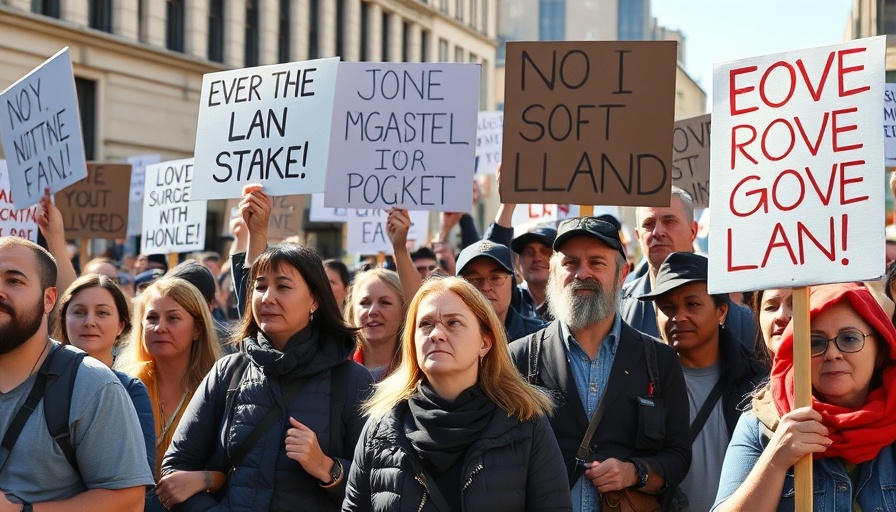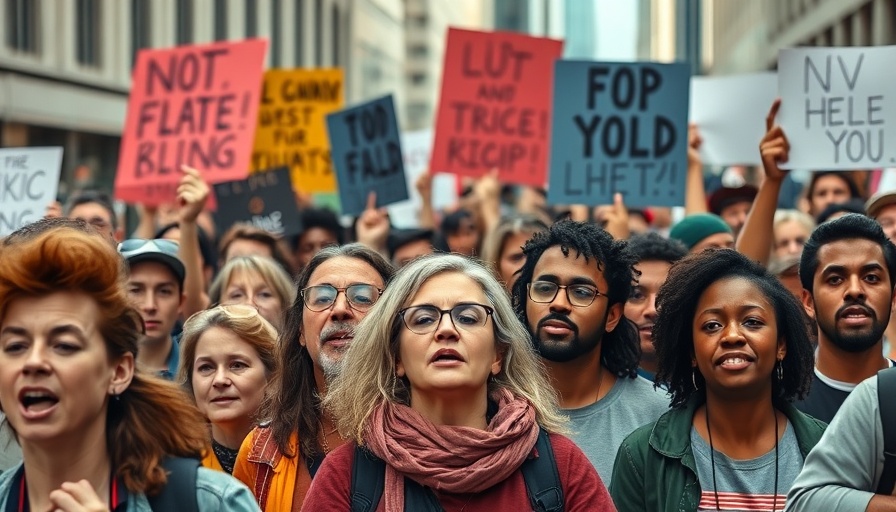
How 'Bexar Gives Back' is Transforming the Justice System
Bexar County's innovative program, 'Bexar Gives Back,' has made significant strides in reimagining the local justice system. By diverting low-level offenders from incarceration, the program not only aids the individuals involved but also brings substantial savings to taxpayers, totaling an impressive $2.2 million. This initiative highlights a growing trend across the United States where local governments are acknowledging the benefits of rehabilitation over punishment.
Understanding the Impact of Diversion Programs
Diversion programs like 'Bexar Gives Back' focus on rehabilitation rather than traditional punitive measures. Instead of filing low-level offenders into overcrowded jails, where the conditions often exacerbate issues of poverty and crime, these programs provide comprehensive support systems. Participants are offered counseling, community service opportunities, and educational resources that aid their reintegration into society.
Programs such as these not only reduce recidivism rates—meaning the chance of returning to jail is significantly lowered—but they also promote community safety. The fundamental shift towards understanding the root causes of criminal behavior reflects a more nuanced perspective on crime, emphasizing social connection and support rather than isolation and punishment.
Cost Savings and Community Benefits
Financially, 'Bexar Gives Back' represents a prudent use of taxpayer dollars. The $2.2 million saved from reduced incarceration costs can be redirected towards community programs that foster economic opportunities, educational initiatives, and mental health services. Investing in community wellness rather than traditional punitive systems creates a more thriving community overall.
Moreover, keeping low-level offenders out of jail helps reduce the burden on an already strained penal system. The resulting ripple effect enhances public safety, as former offenders reintegrate into society equipped with the tools necessary to lead productive lives.
Comparative Analysis with Other Programs
Many regions across the nation are implementing similar reform-centered programs. For instance, initiatives in cities like San Francisco and New York have demonstrated how modern rehabilitation techniques can result in lower crime rates and a more equitable justice system. These parallel examples show that effective reform is not only possible, but it is also necessary for sustainable social justice.
As 'Bexar Gives Back' continues to grow and succeed, it might inspire other municipalities in Texas and beyond to consider similar pathways towards justice reform, moving away from punitive 'one size fits all' approaches.
Looking Forward: The Future of Justice Reform
Looking ahead, the conversation surrounding justice reform is evolving. Advocacy groups, policymakers, and community leaders are beginning to view low-level offenses through a lens of prevention and education rather than criminality. This evolution is hopeful, as it may usher in a new era of criminal justice that prioritizes social justice and community health.
In the coming years, the future of programs like 'Bexar Gives Back' will likely hinge on their ability to demonstrate both social and economic benefits, potentially reshaping public opinion about how communities manage crime and support rehabilitation.
Conclusion: Moving towards Community-Centric Justice
'Bexar Gives Back' shows us that effective justice reform is possible and necessary. By prioritizing rehabilitation over punishment, communities can save money, reduce recidivism, and foster safer environments. Austin and other Texas cities would do well to take a closer look at these innovations. The success of such programs could be transformative, benefiting not just offenders but society as a whole. As discussions around policing and criminal justice reforms continue, it is crucial for local governments to consider the long-term value of supporting their communities with understanding and compassion.
 Add Row
Add Row  Add
Add 




Write A Comment